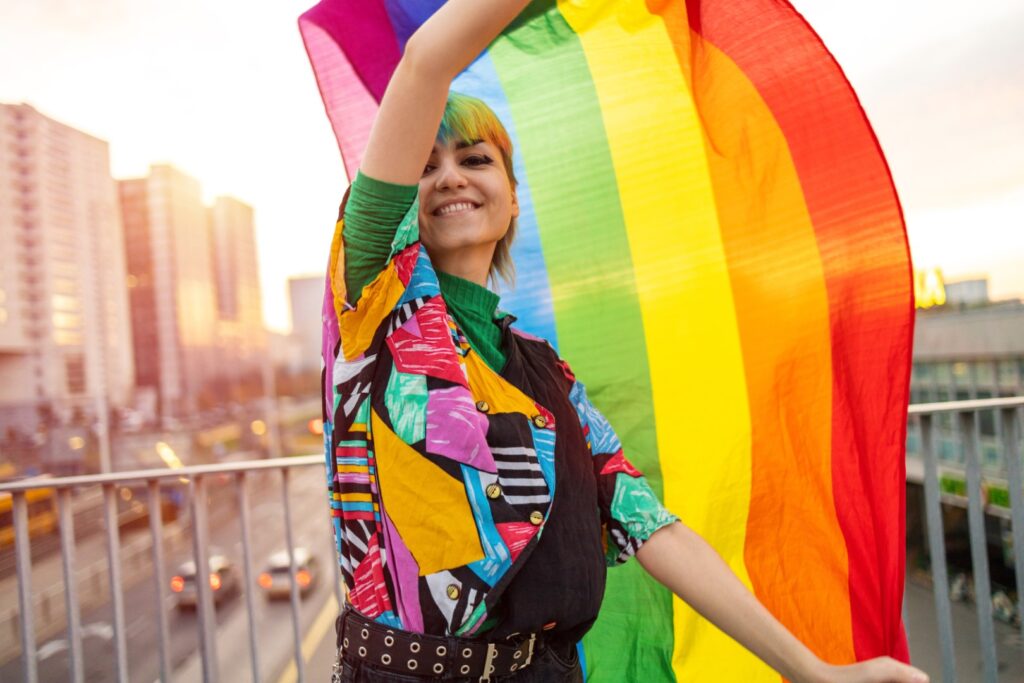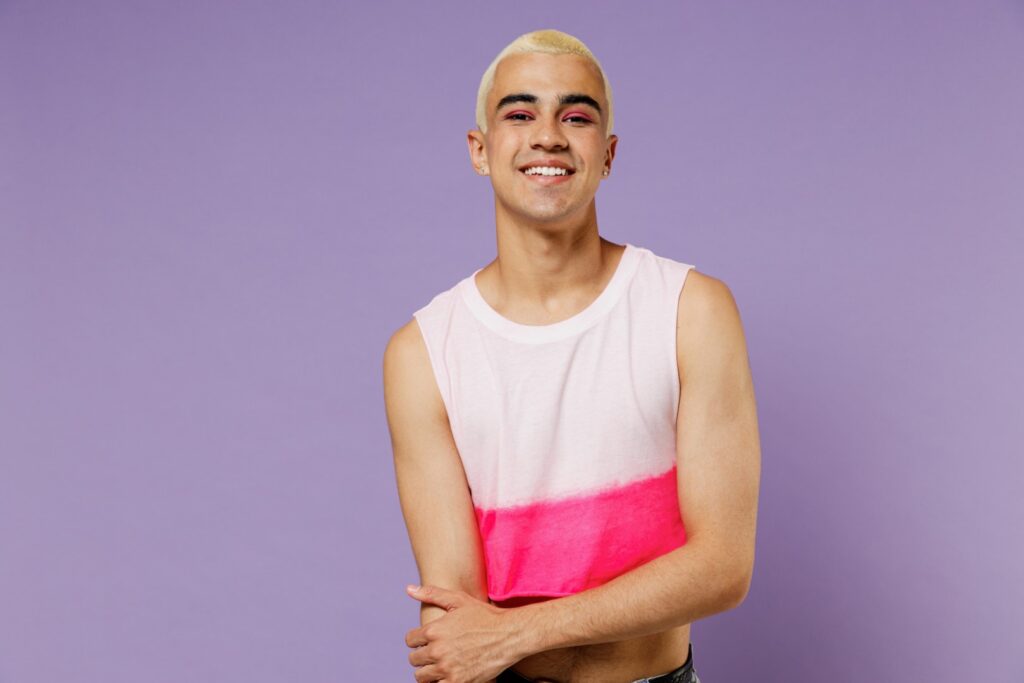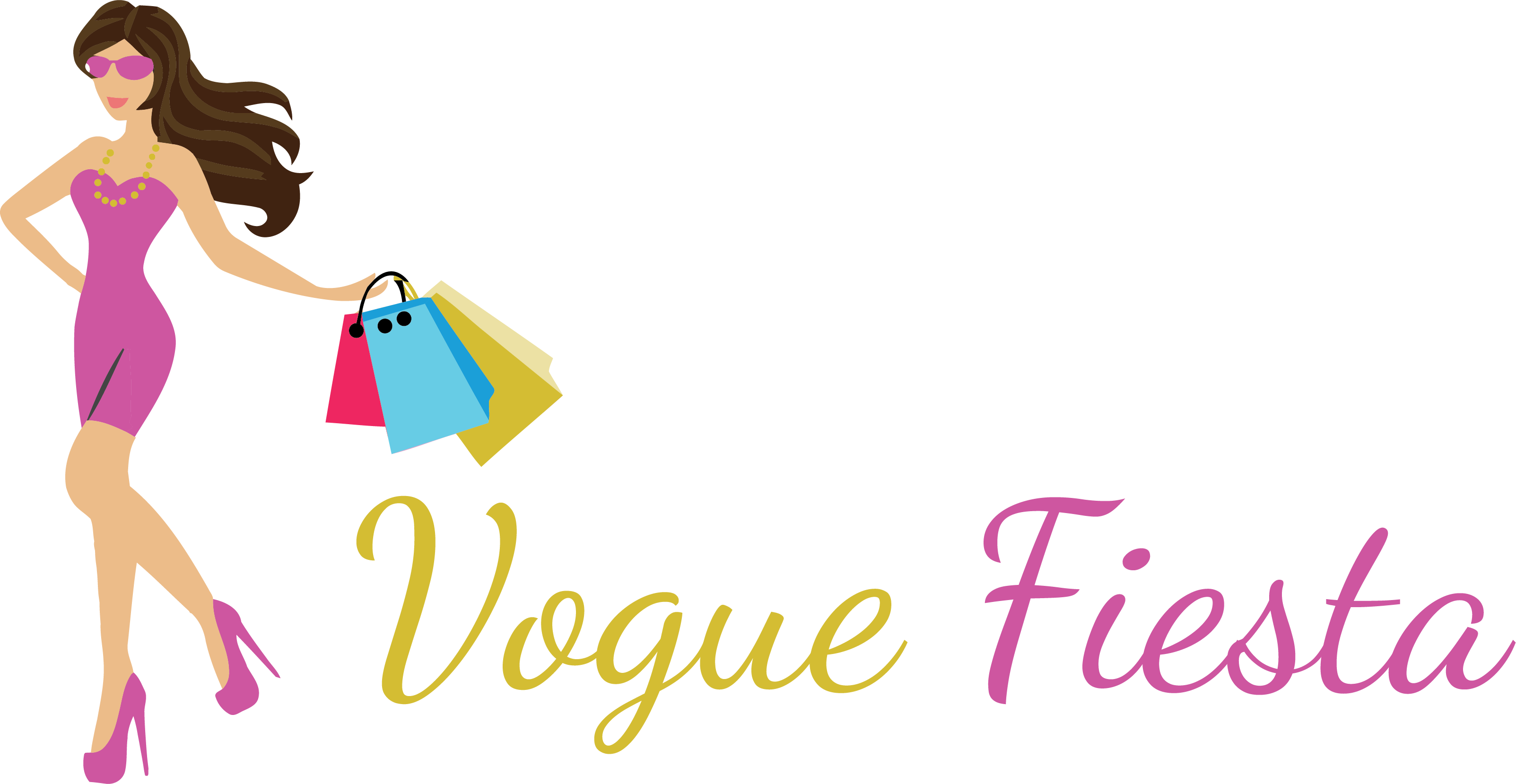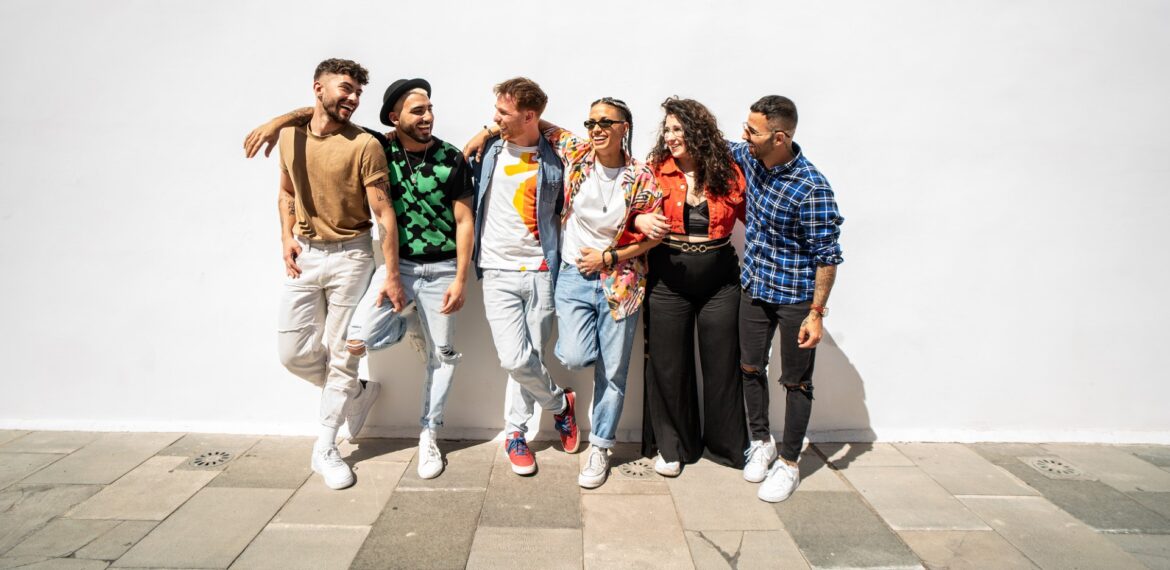People have long used fashion for self-expression, and for those who identify as LGBTQ+, fashion has taken on a special significance in their life. Members of the LGBTQ+ community have utilized fashion to express their identities, foster a sense of community, and subvert conventional gender standards. This article will examine fashion’s history and current status in the LGBTQ+ community.
- Members of the LGBTQ+ community have used fashion as a powerful means of expressing their identity. A lot of people in the community have used dress as a means to let others know they belong there.
- This can be accomplished by wearing apparel with community-related symbols or sayings, such as the rainbow flag or the words “Love is Love,” on it. It can also be achieved through subtler actions, including wearing clothes that deviate from conventional gender roles.
- Several community members have used dress as a means of exploring and experimenting with their gender identity. Regarding gender expression, clothing may be a potent tool that lets individuals display themselves in a way that feels genuine to them. Particularly for non-binary and transgender people, the dress can be a method to discover and embrace their identities.

How it developed LGBTQ+ Community?
- The LGBTQ+ community has developed a strong feeling of community thanks in large part to fashion. The community’s visual identity has been created through clothing and fashion, giving its members a sense of belonging. This is especially true when events like pride parades are taking place because apparel is frequently used to make a strong statement.
- Fashion has become a more significant force in recent years in breaking established gender standards. Gender-neutral fashion is a trend that many designers are experimenting with, blurring the distinction between typically masculine and feminine aesthetics. This has proven crucial for LGBTQ+ community members who do not fit into conventional gender stereotypes.
- Despite the significant role that fashion has played in the LGBTQ+ community, it’s vital to keep in mind that not everyone in the group has equal access to clothing. Many community members, especially the disenfranchised, do not have the financial means to buy the clothing they want or need. We must address this matter as we continue to research how fashion affects the LGBTQ+ community.
Importance of fashion in shaping the culture
Since it reflects and has an impact on a society’s values, beliefs, and customs, fashion is an essential component of culture. Following are several justifications for the significance of fashion in culture:
- Self-expression: People can express their originality and selves through fashion. A person’s personality, ideas, and values can be communicated through clothing, accessories, and other fashion choices, which can be crucial in defining their identity.
- Culture: Fashion can be a means of expressing and celebrating culture. A community’s history, traditions, and beliefs can be powerfully represented via traditional clothes and accessories.
- Social norms: Fashion not only shapes social norms, but it also influences them. For instance, adherence to these standards might demonstrate respect for social norms and cultural traditions. Certain dress styles may be deemed appropriate for particular situations.
- Economic impact: The fashion sector, worth several billion dollars, supports millions of jobs globally. Also, it affects consumer spending and can spur economic expansion.
- Historic Significance: Fashion can serve as a window into the social, political, and economic climate of a given moment in history. The changes in culture and society over time can be understood through the evolution of fashion.

In conclusion, a lot of people in the LGBTQ+ community have a significant part that fashion has played in their life. It has been applied to question conventional gender conventions, express identities, and foster a sense of community. It is crucial to make sure that everyone in the community has equitable access to the tools they require to express themselves authentically as we continue to examine the role of fashion in the LGBTQ+ community.

